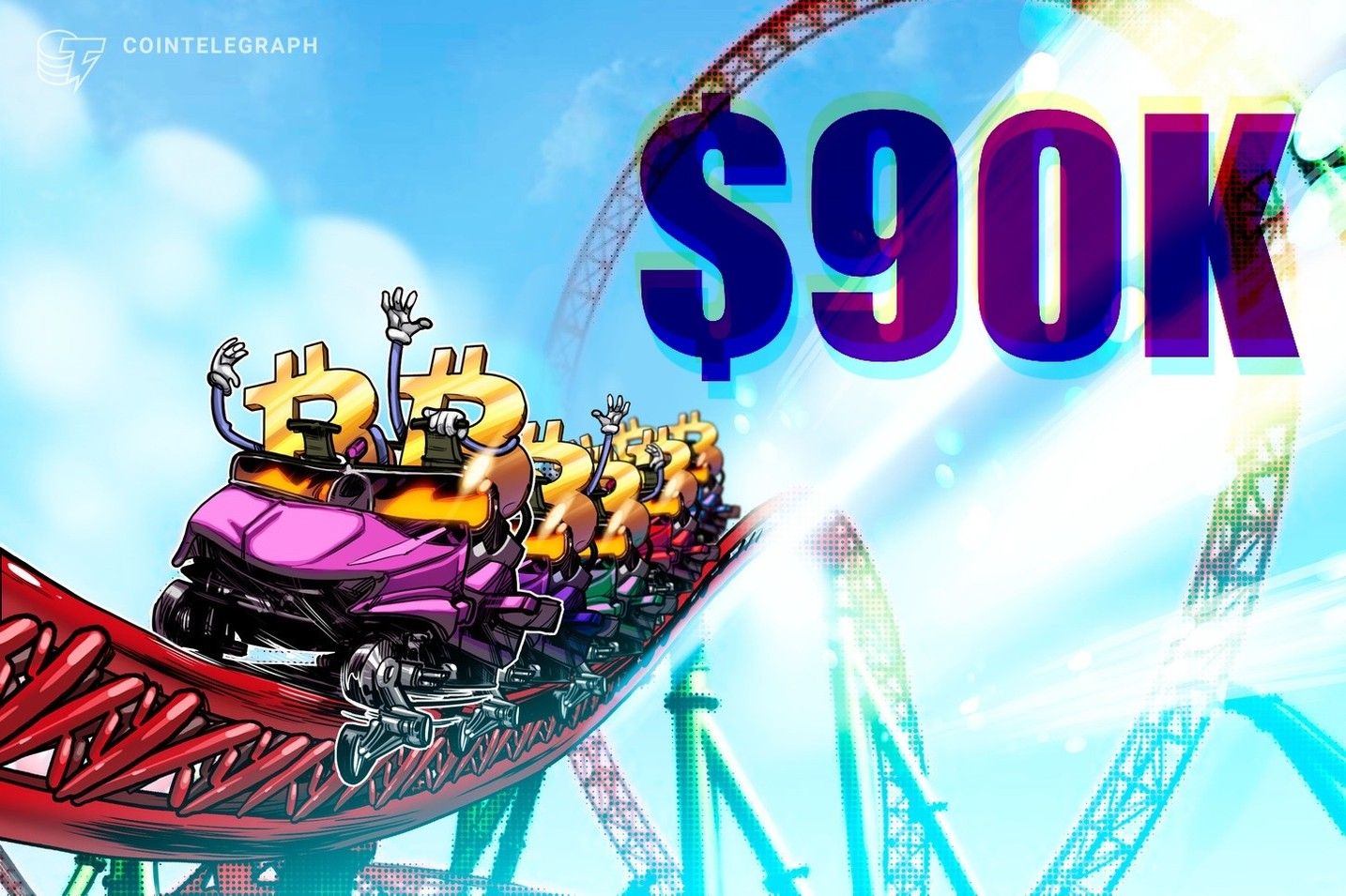A statement from Federal Reserve Governor Christopher Waller sent Bitcoin soaring to $112,413 within 24 hours, pushing the total crypto market capitalization past $4.6 trillion.
"Payment innovation is evolving rapidly, and the Federal Reserve needs to keep pace." On October 21, 2025, at the Payment Innovation Conference, Fed Governor Waller announced that the Federal Reserve had opened an unprecedented door to the crypto world.
The new payment account scheme, dubbed by the industry as the "streamlined master account", will allow fintech companies and crypto firms to directly access the Fed's payment system, ending the era where these institutions could only use Fed payment services through banking intermediaries.

I. Breaking the Ice: The Fed's "Limited Access" Account
The Fed's "streamlined master account" is essentially a payment account with limited permissions, granting non-bank institutions direct access while also setting clear capability boundaries.
This carefully crafted balance reflects the Fed's cautious weighing between encouraging innovation and guarding against risk.
Compared to traditional bank master accounts, this new type of account has distinct differentiating features:
Functional Permissions | Traditional Bank Master Account | Streamlined Payment Account |
Payment System Access | Full permissions | Basic payment channels |
Interest Earnings | Earns interest | No interest paid |
Overdraft Permission | Allowed under certain conditions | Strictly prohibited |
Emergency Loans | Discount window available | Not available |
Balance Limit | No explicit cap | Possible balance cap |
Approval Process | Strict and complex | Simplified and fast |
In his speech, Waller made it clear: "This is not a master account in the traditional sense, but a dedicated tool designed to meet the needs of specific institutions." This statement suggests that the Fed may have realized that completely excluding non-bank institutions from the payment system no longer meets the needs of the evolving financial system.
II. Immediate Reaction: Crypto Market Frenzy and Rationality
The market reaction to the announcement was both intense and nuanced. Bitcoin surged $3,000 within 15 minutes of the news, breaking through the $112,000 mark within an hour.

Different sectors of the market showed clear divergence in their responses:
Asset Class | Price Change | Trading Volume Change | Market Interpretation |
Bitcoin (BTC) | +4.8% | +250% | Biggest beneficiary, store-of-value narrative reinforced |
Ethereum (ETH) | +3.2% | +180% | Smart contract platforms benefit from infrastructure upgrade |
Stablecoins (USDT/USDC) | Pegged and stable | +300% | Direct beneficiaries of payment channel expectations |
Payment Crypto Projects | +5-15% | +400% | Market optimistic about integration with Fed accounts |
DeFi Sector | +2.5% | +150% | Indirect beneficiary, traditional financial channels opened |
"This is not simply a case of 'buy the rumor, sell the news'," said Pantera Capital analyst Li Mingyuan. "What we're seeing is the market repricing the correlation between crypto assets and the traditional financial system."
On-chain data provider CryptoQuant showed that only 850 BTC net flowed into exchanges in the hour after the announcement, far below expectations, indicating strong reluctance to sell among major holders.
Meanwhile, the Bitcoin Fear & Greed Index jumped sharply from 68 yesterday to 82, entering the "extreme greed" zone.
III. Far-reaching Impact: Reshaping the Financial Ecosystem
This decision by the Fed could become a historic turning point in the evolution of financial infrastructure.
For the crypto industry, this means obtaining an official "pass" to the payment system for the first time. For years, crypto companies like Kraken and Ripple have been fighting for direct access to the Fed system, with some even suing the Fed.
"We've always known there was a large but low-key faction inside the Fed supporting us," said Custodia Bank CEO Caitlin Long in response, "and it's great to see Governor Waller publicly acknowledge this."
More specifically, this change could have far-reaching effects on three levels:
● Revolution in Payment Efficiency: After crypto companies access the Fed payment system, stablecoin settlement efficiency could improve from hours to minutes or even seconds. Ripple Labs' head of development said, "This could change the way we handle cross-border payments."
● Reduction in Regulatory Arbitrage: The regulatory inequality between traditional banks and crypto companies will be partially reduced, creating a fairer competitive environment.
● Acceleration of Innovation: Fintech and crypto companies can now innovate products based on a more certain regulatory environment, no longer having to worry about the uncertainty of payment channels.
The Fed's move has also triggered a complex reaction from the traditional banking sector. An anonymous Wall Street bank executive said, "We understand the need for innovation, but hope regulation can ensure a level playing field."
IV. Market Views: From Skepticism to Cautious Embrace
The market's interpretation of the Fed's move is multi-faceted and multi-layered.
● Blockchain Capital partner Spencer Bogart pointed out: "This may be the most substantial fundamental positive for the crypto market since 2023. It not only lowers operating costs, but more importantly, grants crypto assets legitimacy within the traditional financial system."
● Morgan Creek Digital co-founder Anthony Pompliano said: "The Fed is essentially acknowledging the irrepressibility of the crypto financial ecosystem. This is a key turning point in regulatory attitudes from rejection to acceptance."
● Grayscale Investments Head of Research David LaValle was more cautious: "Investors need to recognize that this is still a prototype concept, with specific implementation details and timelines yet to be clarified. The market may be pricing in this news too optimistically."
● Crypto data analytics firm Messari CEO Ryan Selkis offered a technical perspective: "From a system architecture standpoint, this means the Fed is opening its payment 'rails' to non-bank institutions, similar to the internet's shift from closed networks to open protocols."
● Overall market sentiment has shifted from cautious observation a month ago to cautious optimism. Options market data shows that open interest in Bitcoin call options increased by 40% after the announcement, with strike prices concentrated between $120,000 and $130,000.
V. Looking Ahead: Key Challenges from Concept to Implementation
The Fed's proposal still faces many implementation challenges, and the future development path is worth close attention.
Regulatory Approval Hurdles: According to the U.S. Administrative Procedure Act, such major policy changes require a notice and comment period, which is expected to attract feedback from hundreds of institutions. The Fed will then need to digest this feedback and revise the plan, a process that could take 6-9 months.
Technical Integration Challenges: The Fedwire payment system was built in the 1970s, with its last major update in 2012. Integrating it with blockchain systems will require solving a series of technical issues, including transaction finality, settlement time, and system compatibility.
Risk Control Design: The Fed needs to ensure that the new accounts do not become channels for money laundering, terrorist financing, or sanctions evasion. This means applicant institutions will likely need to meet strict KYC, AML, and CFT requirements.
The following key milestones are worth close attention from market participants:
● November 2025: Fed releases detailed concept paper
● January 2026: Public comment period expected to begin
● Q2 2026: Fed analyzes public feedback
● Q3 2026: Final rules may be issued
● Early 2027: First batch of accounts may be approved
"This won't be a fast track," former Fed Governor Randall Kroszner reminded, "but the direction is clear: the integration of traditional finance and digital assets is now inevitable."
This move by the Fed is not just a technical rule adjustment, but also symbolizes the shift in attitude from rejection to acceptance of the crypto world by the traditional financial fortress.
In the coming weeks, the market will closely watch which institutions become the first applicants for the "streamlined master account," and whether this change will, as Waller hopes, "strike a balance between fostering innovation and maintaining financial stability."
Whether Bitcoin can seize this historic opportunity to break through $120,000 and usher in a new bull market—the answer is gradually emerging in every trading decision.




